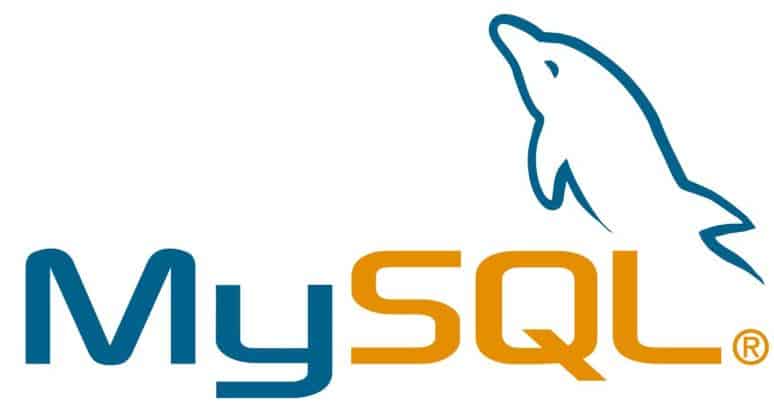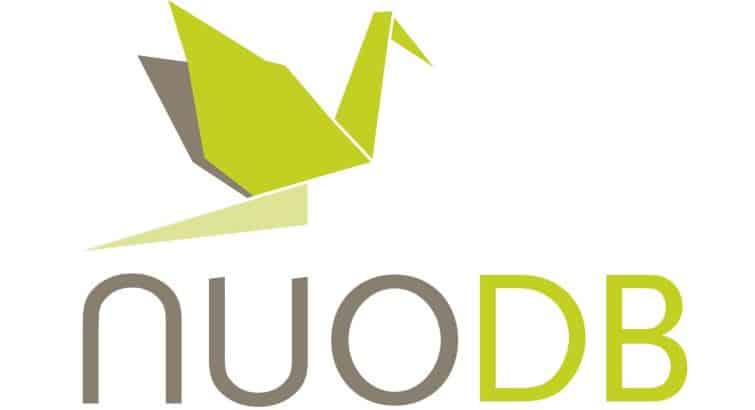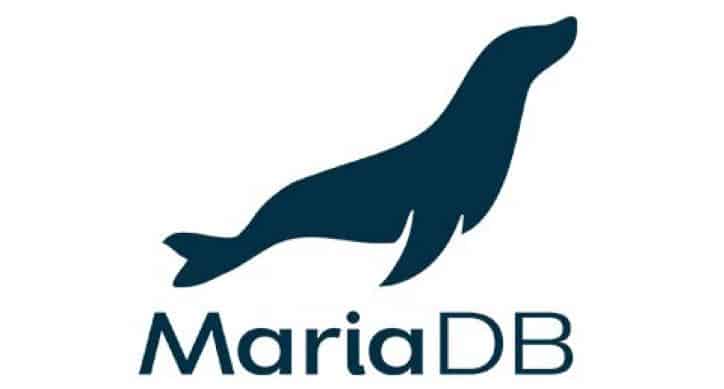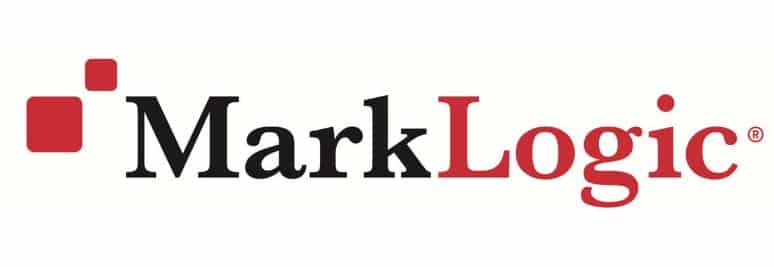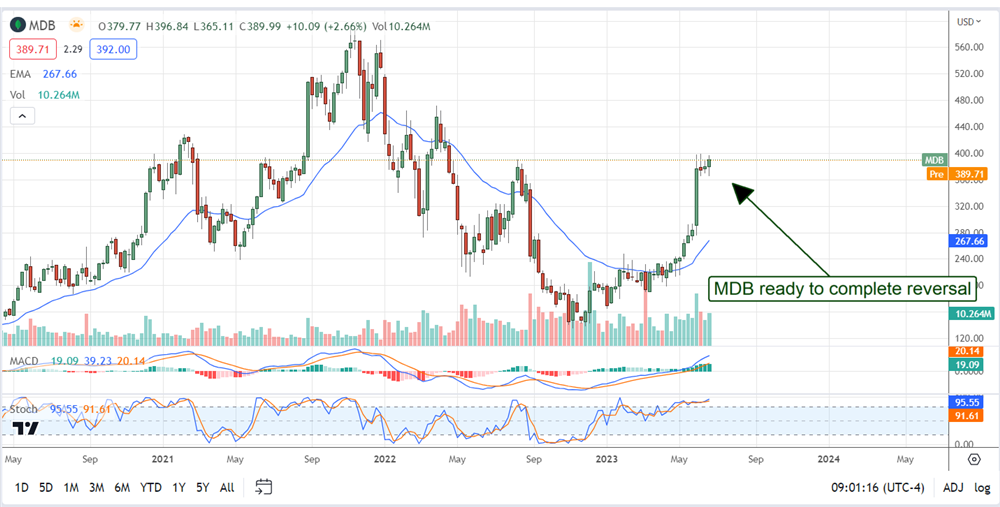PRESS RELEASE
Published June 28, 2023
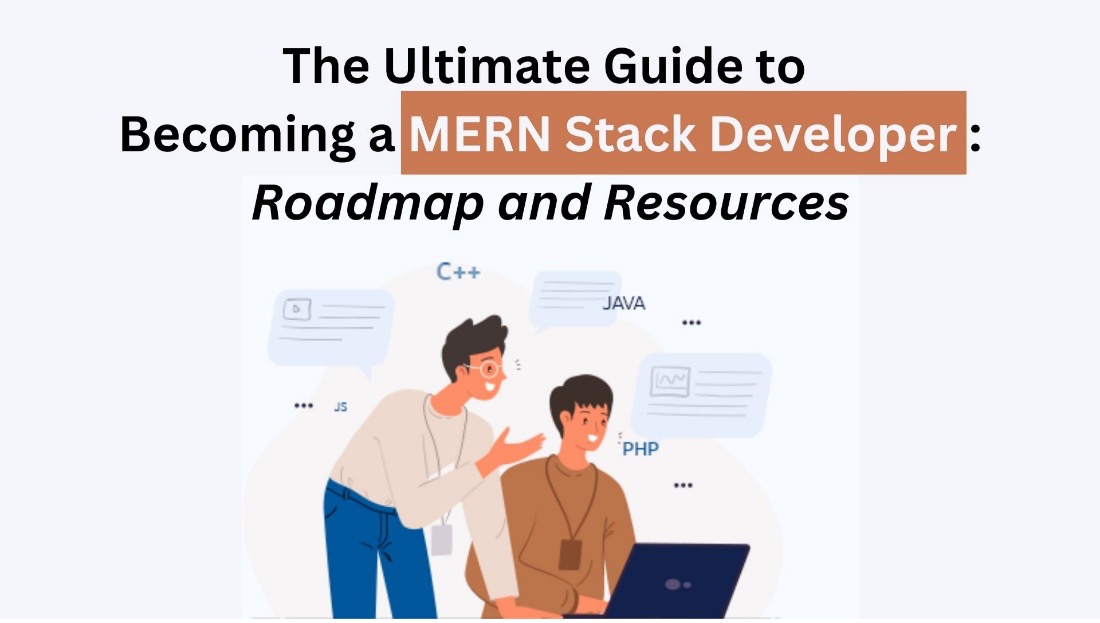
MERN Stack is one of the most well-liked tech stacks of this period due to its wide range of future features and thorough solution approach! It contains the four most important technologies now dominating the IT industry: MongoDB, Express, React, and Node! In the upcoming years, the acceptance of this stack will accelerate, and it will soon be used in practically every business.
For those who are interested, learning MERN Stack development and going into the field would be a very sensible choice. Future of Mern Stack Web Developers is predicted to be favourable in the years to come! But where do you begin studying MERN Stack? What choices do you have?
What exactly is MERN Stack?
MERN Stack technologies aid in the rapid development of apps. MERN stack refers to MongoDB, Express JS, React JS, and NodeJS. The frontend is built using React JS, the backend with NodeJS and Express JS, and the database is built with MongoDB. Hire MERN stack developers who are aware of managing everything while constructing a project; rather than being experts in a single technology, MERN developers must be experts in several technologies ranging from frontend (client side) to backend (server side) and database connectivity. A MERN developer’s annual salary in India is between 7 and 12 lakhs.
Why is MERN Stack used?
Some of the stacks are comparable to the MERN stack, such as the MEAN and MEVN stacks, however the MERN stack’s popularity has grown in recent years because to one essential feature, React JS. React JS is a JavaScript library developed by Facebook and published in 2013. It is the world’s most popular library. People search for React JS because it is fast, modular, scalable, and versatile. It enhances overall site speed by simplifying the construction and management of application Interface. React JS is a framework for creating single-page web apps. Examples of the applications we use on a daily basis are Facebook, Instagram, WhatsApp online, and Netflix.
Pros and Cons of MERN stack?
Now that we’ve established what it is and why it’s important for web developers and software engineers, let’s examine why someone could select this technology stack:
Advantages
- There is no need to recruit many developers that specialise in different languages. Shorter ramp-up time, for example.
- Excellent for JSON-heavy, cloud-native web apps with dynamic web interfaces.
- Scalability is simple as needed.
- Based on open-source software that is constantly updated
- Large online community with plenty of information and help.
Disadvantages
- Large-scale application: the MERN stack is intended for Single Page Applications (SPAs). Creating considerably larger, more complicated apps with a huge number of developers might be difficult.
- React efficiency issues: React is a library, not a framework. This implies that it is less opinionated and relies heavily on third-party programmes. This requires extra effort from developers because each package has its own set of upgrades, issues, and ramp-up time.
- Error prevention: while the MERN stack is highly versatile, there is a drawback. During the development stage, there is less protection against code mistakes by design.
How Should a Beginner Begin?
You’re at the ideal spot if you’re a newbie and a computer enthusiast who wants to create full-stack projects. Your journey begins with HTML & CSS, the fundamental building blocks of an application. Start with easy tasks like developing a calculator, a survey form, and a straightforward website. As a result, you’ll feel more certain and inspired to construct something greater and more fascinating. When this stage of your life arrives, you are prepared to work as a MERN Stack Developer.
The nicest part about using MERN to construct an application is that both technologies can only be used with JavaScript as a programming language. JavaScript may be used to build the front end and back end of a website. As JavaScript is one of the most widely used programming languages and is simple to learn, it is important to have a solid understanding of it as well as practical experience. Also, anyone may work as a MERN Stack developer regardless of technical experience.
Job Description and role of a MERN stack developer?
MERN stack is made up of technologies that help to create apps faster. The entire technology is JS-based, making it simple for developers to understand and build applications with it. You may surely start applying to organisations once you have produced outstanding projects and have thorough knowledge of MERN. But first, you must understand the tasks and responsibilities of a MERN Stack Developer.
MERN stack developers create, test, and support contemporary, dynamic web applications. The following obligations are involved:
- Frontend architecture design
- Create web apps from wireframe drawings.
- Specify the schemas and data structures that will be consumed.
- Unit and integration tests should be written to prevent issues and guarantee efficiency.
- Projects and features should be planned in collaboration with other developers, designers, product managers, and stakeholders.
- Investigate bugs and devise solutions
- When needed, scale the website and database.
- Design restful services using Node.JS, i.e. APIs
Things to remember
Begin by learning HTML, CSS, and JavaScript. Do not start studying React or other frameworks/libraries right now.
CSS is complex, but it is something you should master thoroughly. Do not use Tailwind or Bootstrap right away.
Do not wait till JS is finished before beginning to construct projects. JS is vast and requires time to master.
For frontend development tasks where you cannot utilise any framework/library, most firms offer a UI Machine Coding Round.
Technologies required for a MERN Stack Developer
1. MongoDB
Dwight Merriman, Eliot Horowitz, and Kevin Ryan launched MongoDB in 2007. MongoDB is a NoSQL database that is open source and document oriented. Its data storage format is BSON (Binary JavaScript Object Notation). This MongoDB Tutorial will guide you from the fundamentals to advanced subjects of MongoDB, such as the
- MongoDB installation,
- MongoDB methods (Insert (), Update (), Find (), count (), skip (), etc.)
- Operators (Logical, Arithmetic, Relational, Expression) (Logical, Arithmetic, Relational, Expression),
- Using Documents and Collections,
- MongoDB Project Development
2. ExpressJS
TJ Holowaychuk was the first to introduce Express.JS. ExpressJS is a web application framework that allows you to create online and mobile applications. Express may be used to create single page, multipage, and hybrid web applications.
If you’re a beginner and want to develop an Express.JS application, read the Steps to Build an Express.JS Application, which is a well-defined approach that explains instructions to install different packages, the file structure, and the actions necessary to start the application.
3. React JS
Jordan Walke’s React is a JavaScript library for creating user interfaces. It is used to develop single-page apps as well as reusable UI components. According to a reputable source, almost 8700 businesses utilise React, with Uber, Instagram, Netflix, Airbnb, Twitter, and Reddit among the most popular. The react community is massive and will continue to expand. React JS (Basic to Advanced) – Self-Paced covers several basic React concepts such as states, React Hooks, Event Handling, Redux, and deploying a project to observe how it works in real time.
4. Node JS
NodeJS is a JavaScript runtime built on the V8 engine in Chrome. It is an event-driven, non-blocking server that is used to develop webpages and back-end API services. Hire NodeJS developers to create data streaming apps, JSON API-based applications, and data-intensive real-time applications (DIRT).
Resources to become MERN Stack Developer
There are several publications on the market that may provide you with varied viewpoints on studying MERN Stack development. But, if you want a thorough method that starts from the beginning to teach you different elements of such a large subject, you must be extremely picky in your book selection!
While studying technology, be sure that it not only helps you gain knowledge but also focuses on and drives you towards current market demands. These are several highly regarded books that might assist you in learning MERN Stack development from the ground up.
- Greg Lim’s “Starting MERN Stack- Build and Launch a Full Stack MongoDB, Express, React, Node.JS Project”.
- Vasan Subramanian’s “Pro MERN Stack- Full Stack Web App Development with Mongo, Express, React, and Node”.
- Nabendu Biswas’s “MERN Projects for Beginners- Build Five Social Web Applications Using MongoDB, Express.JS, React, and Node” is a book for beginners.
MERN Stack online training –
One of the greatest methods to study MERN Stack is through online resources. MERN is a popular open-source JavaScript software stack for creating dynamic web pages and apps. There are several audio-video courses accessible online that will help you obtain a conceptual knowledge of MERN.
You may learn more about the specifics by going to YouTube and searching on Google. There are several free and paid choices accessible to you. But, you must first properly investigate the specifics and select those that may provide you with various exposures to MERN Stack development.
Professional Training
Professional training on MERN Stack is the greatest option if you want to obtain a greater grasp of the field, work in real-time scenarios, and be industry-prepared! A subject-oriented compact training comprises comprehensive subject modules and classes taught by top professors, chances for skill growth, and a job-oriented component that leads to a successful career.
Attending a professional industry training programme on MERN Stack development provides you with a sophisticated and diversified problem-solving viewpoint that you cannot obtain via any other method of learning! College students interested in exploring this specific approach of full stack development can also attend a Training Session on MERN Stack Web Development.
Future Scope of MERN Stack
Front-end, back-end, and database development are all part of web development. And when it comes to web development, MERN is at the top. MERN Stack is a robust and in-demand web technology stack. It is certain that as a MERN Stack Engineer, you will always have a flourishing career. To become one, all you need is a solid understanding of JavaScript. Your career with MERN is promising if you have a decent grasp of JavaScript and a willingness to learn.
You may go through Full Stack Development with React & Node JS – Live, which covers ten modules and includes the
- Conducting CRUD Tasks with JavaScript and ReactJS
- Using REST APIs
- NodeJS and Database Fundamentals (MongoDB, PostgreSQL)
- AJAX and Bootstrap projects are introduced.
Conclusion
If you want to get into web programming, the MERN stack is a good place to start.
It’s currently in demand, and there are excellent communities for all of the individual technologies that make it up—MongoDB, Express, React, and Node. A good strategy is to first master JavaScript and then build out your expertise in constituent technologies by constructing things.
Thus, begin your path of studying the highly valued tech stack MERN in the most beneficial manner to get the best potential results! If you’re serious, don’t settle for the simplest solutions that merely teach the fundamental concepts of MERN. Investigate it further! Pick wisely, select well!
MERN can help you establish a prosperous profession, expand your portfolio, and light up your future!
CDN Newswire



